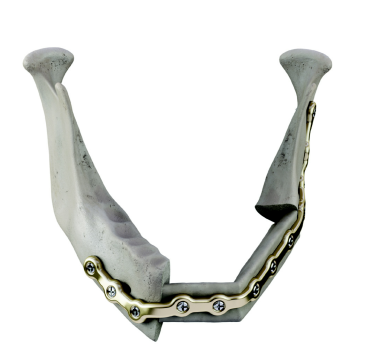
The occlusal force should be conducted along the axial direction of the implant to reduce the lateral force. The implant should be aligned with the long axis of the restoration and the inclination should be minimized. The implant position and angulation serve as the basis for ensuring the long-term stability of the implant and for reducing the occurrence of mechanical complications. The implant length, width, direction required more attention. The concave type was the most difficult to implant with the highest risk of lingual perforation. The proposed classification could provide evidence for appropriate selection and direction design of the mandibular molar implant in clinical. Each type was consisted of two subcategories. The morphology was divided into three categories including the straight (68.7–69.2%), oblique (19.9–20.4%) and concave types (11%). No statistical significance was observed in EF, GH, IJ, ∠a and ∠b between 36 and 46 (all P > 0.05). All measurements were performed on the improved cross-sectional images. The angle and width were measured to determine the implant-prosthodontic classification of the morphology in the left lower first molar (36) and right lower first molar (46).

MethodsĢ01 CBCT data were reevaluated to measure height of the alveolar process (EF), width of the alveolar process (GH), width of the basal bone (IJ), the angle between the long axis of the first molar and the alveolar bone ( ∠a) and the angle between the long axis of the alveolar bone and basal bone ( ∠b).

To apply CBCT to investigate the anatomical relationship between the mandibular molar and alveolar bone, aimed to provide clinical guidelines for the design of implant restoration.


 0 kommentar(er)
0 kommentar(er)
